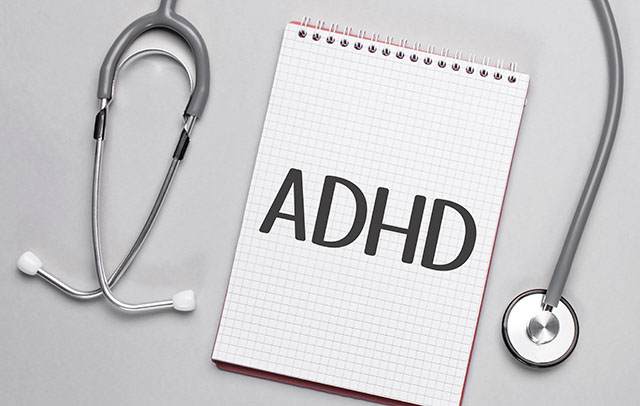“Just try it, everyone does it, it’s not even that bad.”
“Hurry up and just take it, no one is looking.”
“She’s such a prude, don’t even try getting to know her.”
“That new kid is a loser, no one likes him.”
The pressure to fit in, to be liked and respected, and to be accepted by peers is a very normal human experience. While much of the pressure our children and teens face is explicit (like the examples above), they can also feel pressure by just watching or knowing that peers are engaging in behaviors that they are not. For example, knowing that all their friends have snapchat and they are not yet allowed to download that app can feel like pressure to a teen.





